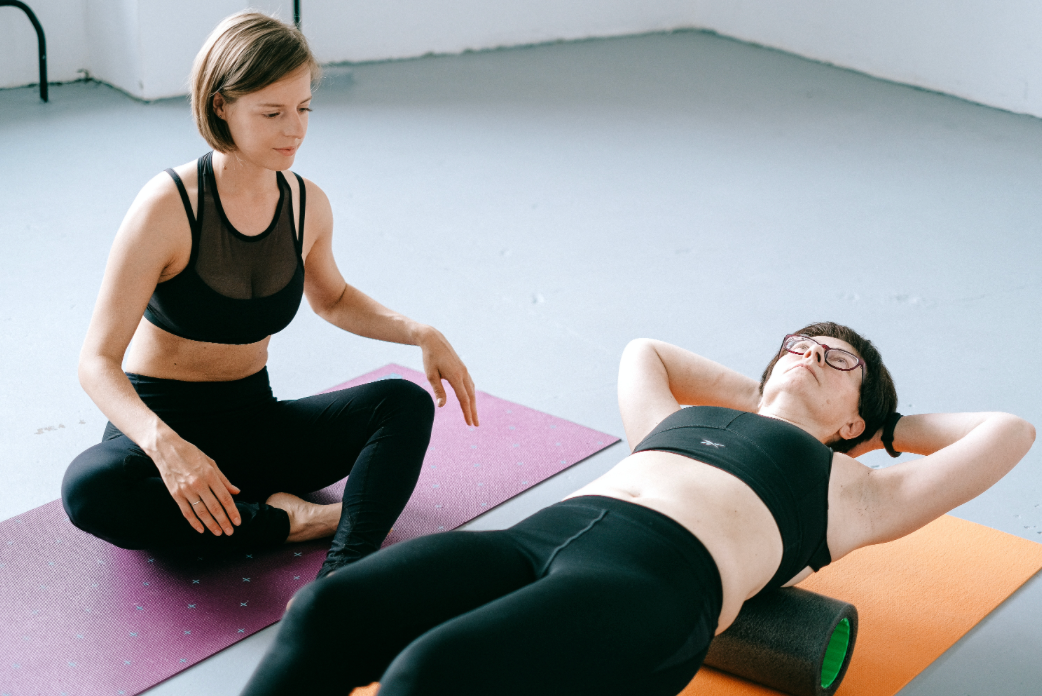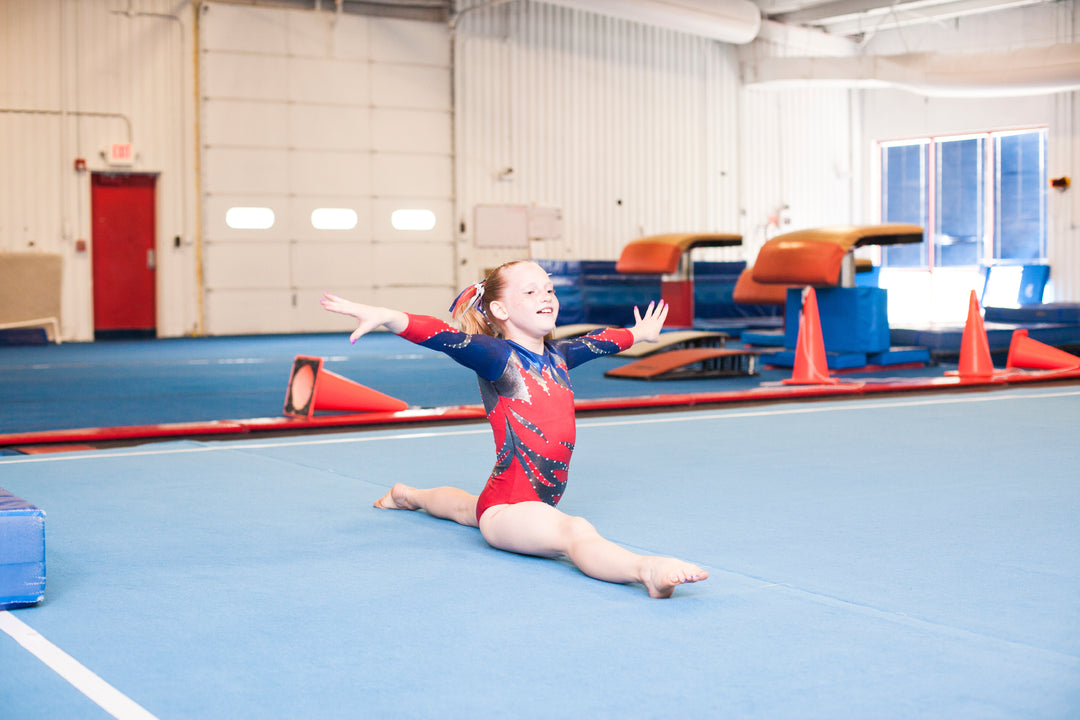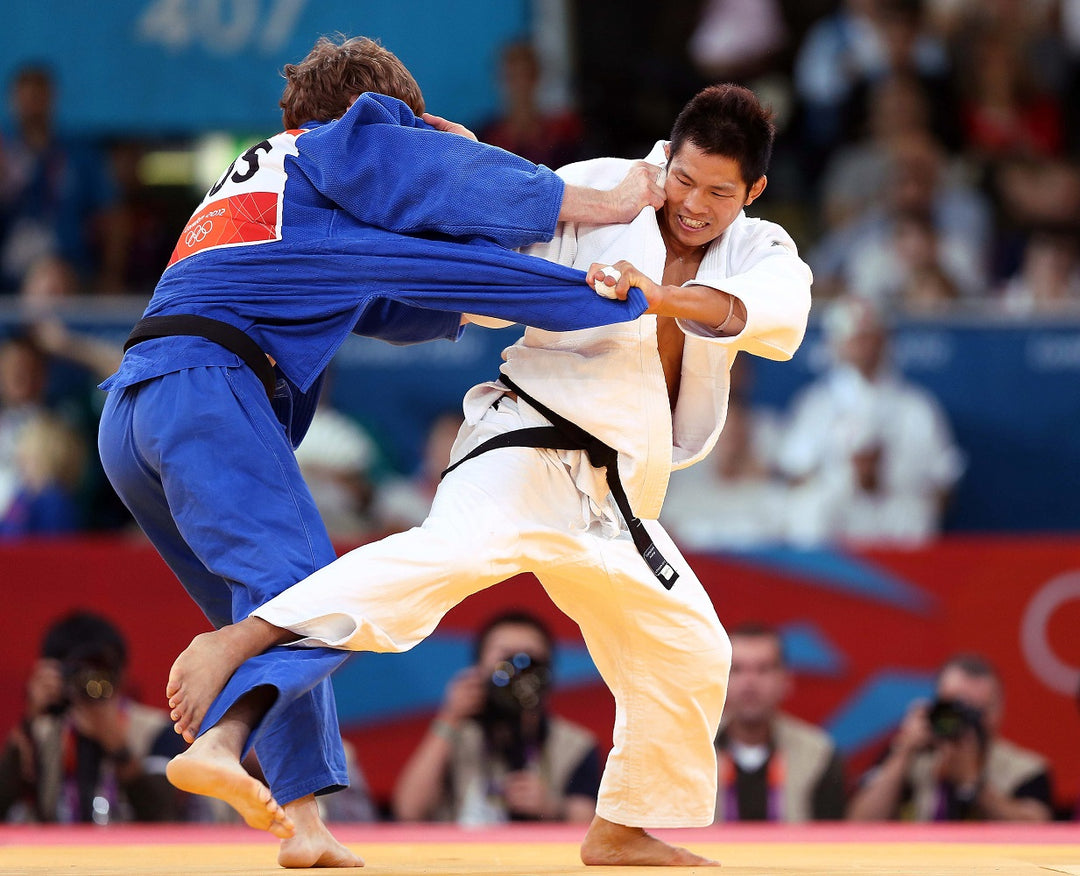The Importance of Gymnastics for Kids
Gymnastics has grown in popularity over the past decade with more provisions being set aside by local councils and charities to support the growth of the sport.
Gymnastics for pre school children and kids is one of the most comprehensive exercise programs available to children as it incorporates a number of different advanced skills into one sport such as strength, flexibility, speed, balance, coordination, power, and discipline. Beemat takes a look below at why gymnastics is so beneficial to children.
Defining Children's Gymnastics
Children's gymnastics is an activity that involves body control, flexibility, coordination, and strength. It requires dedication and practice in order to learn all the different elements of gymnastics, such as tumbling, vaulting, balance beam, and floor exercises. The goal of gymnastics is to develop physical and cognitive skills while having fun.WHAT AGE IS BEST TO START GYMNASTICS?
The best age to start gymnastics is generally accepted to be between the ages of five and seven. This is because, at this age, children are naturally developing a sense of coordination and control over their bodies as well as mastering fundamental motor skills such as running and jumping. Gymnastics helps them refine these basic physical abilities while providing an opportunity for children to challenge themselves in a fun and supportive environment.
Different types of gymnastics available
Children's gymnastics come in many forms, with each providing its own set of physical and cognitive benefits. Recreational gymnastics is designed for younger children and includes basic movements such as tumbling, balance beam walking, vaulting, climbing, and balancing activities. As they get older, they can move onto more advanced levels of artistic gymnastics which involve floor routines with jumps and choreographed dance moves. Rhythmic gymnastics involves the use of ropes, ribbons, and balls for throwing and catching exercises that require a high degree of skill and precision.
Through gymnastics, children can learn the basics of movement, including forward and backward rolls, handstands, and cartwheels. As they become more proficient in these skills, more advanced skills such as somersaults and handstand rolls can be added to their repertoire.
When looking for qualified coaches to help your children with gymnastics, seek out those who have a passion for the sport and the experience necessary to teach it correctly.
Health Benefits
It goes without saying that gymnastics is a sport and therefore it helps to keep kids physically active and keep healthy. Taking part in any activity reduces the risk of childhood obesity and illnesses such as heart disease and diabetes in adulthood. Recent statistics in the UK showed that one in ten children are obese when they start primary school therefore encouraging moderate and vigorous activity among children is important to prevent this future trend. Gymnastics is a great way to keep kids active, as it requires them to use their whole body. This means that they are using more energy and burning more calories than if they were just sitting or standing still.
Taking part in gymnastics classes also helps to improve flexibility, strength, agility, and muscular endurance. Through stretching and dynamic movements, you will develop greater control over your muscles and body as a whole. Additionally, increased flexibility can help to reduce the risk of muscle injuries when participating in other sports or physical activities.
Gymnastics has also been shown to improve coordination skills by improving accuracy, speed, and smoothness between different muscle groups while performing various moves such as handstands or pirouettes. Improved coordination is beneficial for everyday tasks. Performing gymnastics regularly can thus help to increase balance, and proprioception and even reduce the risk of falls by improving stability during daily activities.
A recent study showed that pre school children who participated in regular gymnastics classes had better coordination than those who did not. This is likely due to the fact that gymnastics requires the use of both gross and fine motor skills, as well as spatial awareness. All of these skills are important for daily activities such as dressing, eating, and playing.
Social Benefits
Gymnastics classes equip children with the skills to better handle physical and emotional challenges in life. It provides children with the opportunity to communicate with other children of a similar age, to work together with them in a team, and also to engage with other adults. Some of the core skills included in gymnastics team-building games are listening, following directions, taking turns, being quiet, and respecting others. Furthermore, the mental focus required during some of the higher-level gymnastics moves teaches kids discipline that can be applied in other areas of their lives such as school or sports.
Moreover, gymnastics is great for building self-esteem among children, especially those who may struggle with confidence issues due to various reasons such as body image or low self-worth. With regular practice come visible results that give kids a sense of pride when they master new skills or increase their strength and endurance levels - providing them with a sense of accomplishment and confidence that can go far beyond just the gym floor.
Improves Discipline
The regular attendance of weekly gymnastics classes shows children that if they commit to something, hard work, and dedication can pay off. Children's gymnastics is also a challenging sport requiring concentration - a trait that can be challenged in everyday life, particularly within the schoolroom. There are rules and codes of conduct that must be followed which help children to learn about safety and teaches them to respect others. 
Cognitive Effect
Builds Strength
Joining a gymnastics club is an excellent activity for children as it develops strength, muscle control, and endurance. It helps to strengthen the body by building core stability, which can help improve posture. This improved posture can lead to better alignment of the spine, hips, and shoulders while promoting overall better physical health. Additionally, the range of motions used in gymnastics classes help improve flexibility and coordination. Through regular exercising through gymnastics, children will be able to build strong muscles and joints that are capable of handling hard work or playing safely.Overall, taking part in gymnastics at a young age can have significant positive effects on a child's physical strength. Not only does it build strong muscles but also promotes balance and flexible movement while teaching discipline and resilience - qualities that will remain with them throughout their life.
Spatial Awareness
Children's gymnastics is an excellent sport for developing spatial awareness and the ability to anticipate movement. With regular practice, kids can learn to identify body positions, control their movements, and use angles and distances in order to better predict what their opponents might do next. Physical activity also helps children become more aware of their surroundings so that they can better adapt quickly during competition. Moreover, the skills developed with gymnastics, such as balance and coordination, are important tools for all areas of life.Tips for getting kids involved in gymnastics
Encouraging children to engage in gymnastics can help them develop physical and mental confidence. But getting kids involved isn't always easy. Here are a few tips to make the process smoother.
When introducing children to gymnastics, it's important to remember that the goal is to help them feel confident and successful. Take your time and focus on having fun! Let your child explore the different exercises at their own pace so they can learn without feeling overwhelmed. Make sure you provide plenty of positive reinforcement, rewards, and praise as they make strides toward mastering each skill. This will help build their confidence and keep them engaged in the process.
Providing rewards, encouragement, and praise is a great way to keep children motivated and remind them of their progress. Positive reinforcement will help your children stay focused on the task at hand and increase their self-esteem. Look for small successes during practice, such as improved form or completing a move, and celebrate each step of progress. You can also create incentives for completing bigger goals that encourage continued development in gymnastics.
Incorporating music or stories into traditional exercises can add a fun and engaging element to your child's gymnastics experience. Try making up songs or stories to accompany task-oriented activities, like counting repetitions of an exercise or trying a new challenge. Making it into a game instead of just doing another drill can help increase your child's interest in the activity and make it more enjoyable.
Fun Factor
Above all else, children's gymnastics is fun. Children will love learning how to tumble, flip, swing and make their bodies perform stunts they never thought possible! In gymnastics, there is always another step to learn and it is therefore possible to learn something new in every class. It encourages children to be bold and explore the capabilities of their bodies.
For further information about Gymnastics and becoming involved. Visit British Gymnastics who are the UK National Governing Body for the sport of Gymnastics, dedicated to developing gymnasts, coaches and clubs across a range of disciplines.





